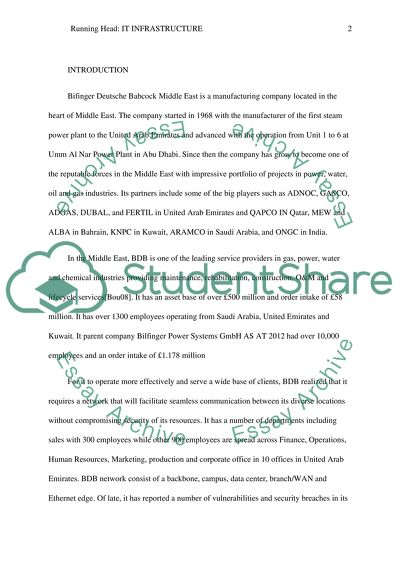Cite this document
(“IT INFRASTRUCTURE Essay Example | Topics and Well Written Essays - 3000 words”, n.d.)
IT INFRASTRUCTURE Essay Example | Topics and Well Written Essays - 3000 words. Retrieved from https://studentshare.org/information-technology/1645882-it-infrastructure
IT INFRASTRUCTURE Essay Example | Topics and Well Written Essays - 3000 words. Retrieved from https://studentshare.org/information-technology/1645882-it-infrastructure
(IT INFRASTRUCTURE Essay Example | Topics and Well Written Essays - 3000 Words)
IT INFRASTRUCTURE Essay Example | Topics and Well Written Essays - 3000 Words. https://studentshare.org/information-technology/1645882-it-infrastructure.
IT INFRASTRUCTURE Essay Example | Topics and Well Written Essays - 3000 Words. https://studentshare.org/information-technology/1645882-it-infrastructure.
“IT INFRASTRUCTURE Essay Example | Topics and Well Written Essays - 3000 Words”, n.d. https://studentshare.org/information-technology/1645882-it-infrastructure.


